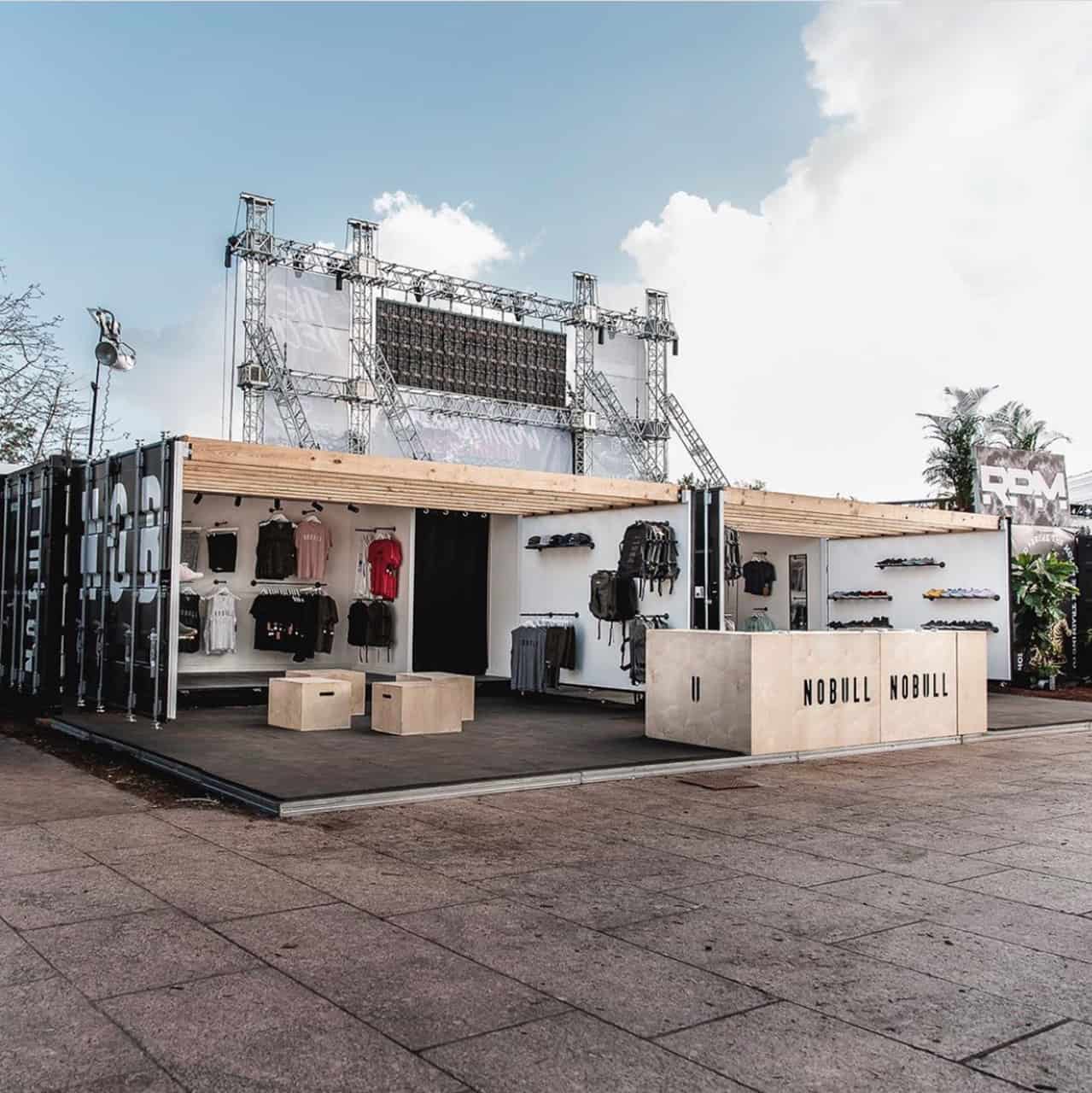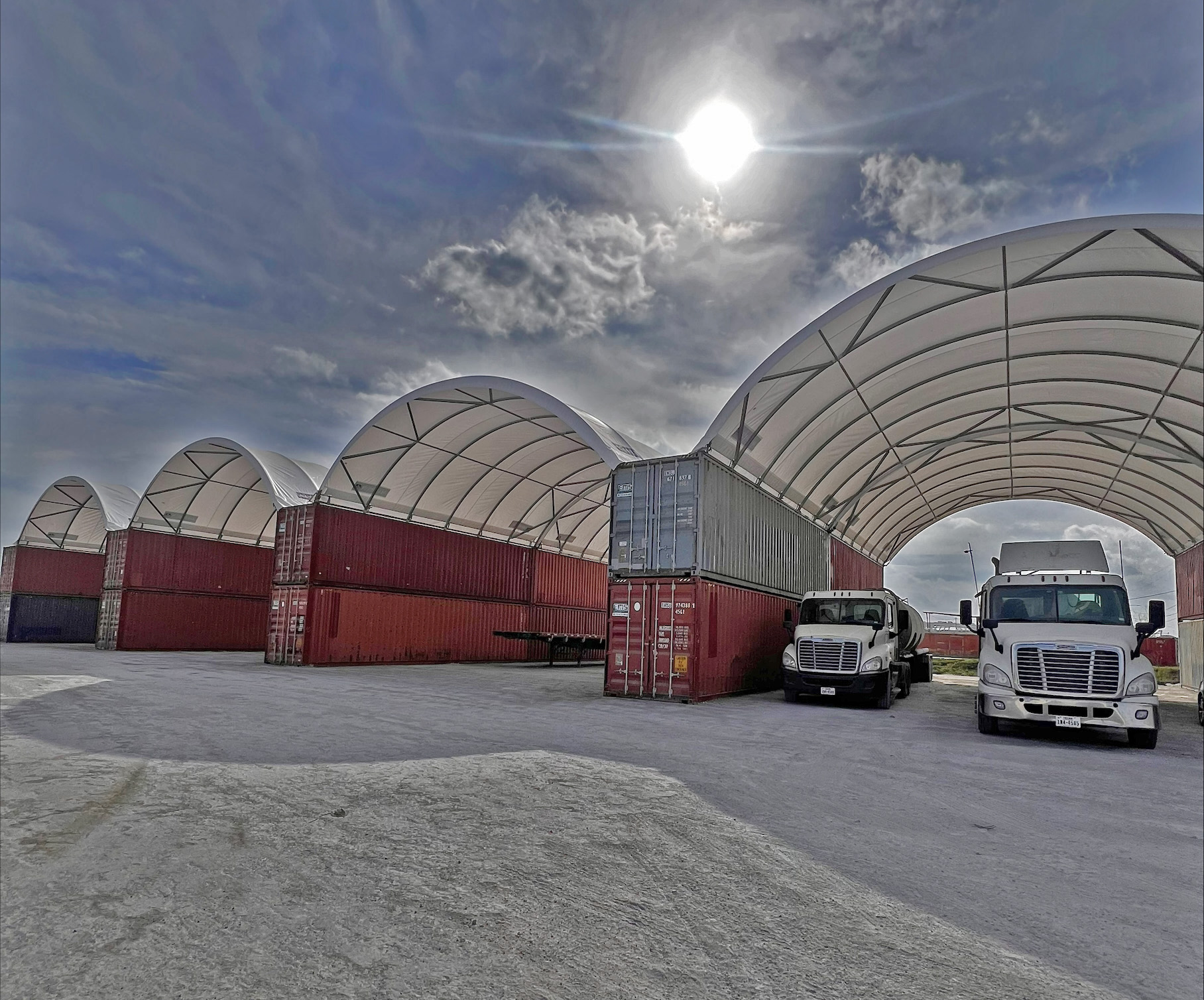If you’re planning on constructing your dream home but would like to go for cost-efficient, sustainable materials, you might want to consider buying a shipping container for your primary material.
In recent years, there has been a growing movement for tiny homes, most of which feature repurposed shipping containers. They are a popular choice because of their modular design, which makes them highly versatile in function, much like a pre-fabricated model homes. They are very flexible, in fact, you can customize them by stacking one on top of each other or setting them side by side to expand floor space. These are just a few of the options you have to play around with when creating your own home; here are a few more below.
Accessibility
There are shipping container suppliers like Equipment Management Services that offer both brand new and used container units. Depending on your budget and needs, you can choose which one will suit you best. Each would have their own pros and cons, ranging from the price considerations to the age and usage history of the container. Whichever type you decide to go for, the important thing is that you know you can easily have access to a unit when you’re finally ready to get one.
The availability of these containers, especially the used ones, are relatively easy because of the quick turnover from freightliners. There are also certain clients that specifically ask for brand new containers, which the suppliers then accommodate.
Versatility
It doesn’t take too long to get creative with these real-life building blocks. Entire dorm communities and container hotels have been created, proving just how viable it is as a construction material. From private offices to pop-up stores, or even makeshift greenhouses and aboveground swimming pools, there’s no stopping the shipping container from invading various communities.
Of course, in order for it to work as well as it should, you must get it checked out first by a certified inspector. After all, you will be using the container yourself as well, so it’s only right that you secure its safety.
Easy Installation
Granted, there will still be some work to be done, such as insulating the units, adding necessary light sources or ventilation, flooring, and others. Still, though, putting up a container homes should be a lot faster than building traditional ones. In construction, this means lowering the costs, because projects tend to go more over-budget the longer they take to be completed.
Being able to cut back on the cost, on top of mitigating the installation problems that creep up over time is certainly good news for the homeowner. Aside from that, it’s definitely good news for any waiting homeowners to be told that they can already move in and decorate the interior according to their wants.
What’s more, it can also be just as easy to install and re-arrange the stacking or arrangement of the units should you decide in the future that you need modifications to the space. Expanding it, for example, can be much easier by either using an Open Side unit or simply attaching another one, and then creating a connection for the two units.
The key thing to note here is that using shipping containers can prove to be a lot more valuable than you would have ever anticipated. Just make sure to entrust your needs to companies that operates off-dock container storage and maintenance facilities in Houston, Dallas, and Seattle like Equipment Management Services when looking at a conex box for sale.
Sources:
The Pros and Cons of Cargo Container Architecture. ArchDaily.com.
Tiny Homes with Character: The Pros & Cons of Shipping Container Homes. TheFuntTimesGuide.com.









